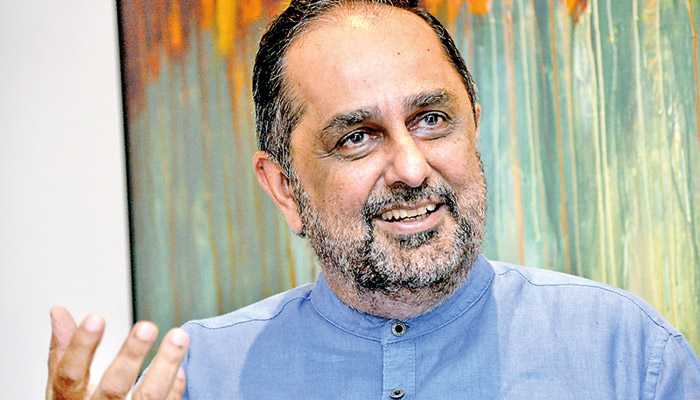Princeton, New Jersey – In mid-August, just prior to the start of Ramadan, the Yemeni government launched an all-out offensive on rebel positions in the northern governorate of Sa’ada. Leaving no doubt as to its intentions, the government dubbed the campaign “Operation Scorched Earth”. The fighting between the government and the Huthis, as the rebel group is known, has been some of the fiercest since the conflict began in June 2004 when government forces attempted to arrest the founder of the movement, Husayn Badr al-Din al-Huthi.
The conflict has created thousands of internal refugees and has spread to neighbouring governorates. Repeated calls for humanitarian aid have been largely ignored by the international community even as many, most notably the United States and the EU, worry that instability in Yemen will allow a resurgent Al Qaeda the space to plan and launch attacks.
The Huthis subscribe to a sect of Shia Islam called Zaydism, although the Zaydis in Yemen are traditionally closer to Sunni Islam than they are to the type of Shia Islam practiced in Iran, and are often referred to as the “fifth school” of Sunni Islam. The government has provided differing rationale for war since the fighting began, but at this point it believes that the existence of an autonomous Zaydi-governed region presents an existential threat to the survival of President Ali Abdullah Salih’s regime. The Zaydis in Sa’ada meanwhile view themselves as a community under attack and in danger of cultural extinction.
Since the 1980s there has been sporadic fighting between Zaydis and Wahhabi-inspired Salafis in the north, with the latter destroying sacred tombs and attempting to convert Zaydi youth. The Zaydi responded with a vigorous campaign, publishing religious material designed to shore up local support, and forming a youth organisation that combines theological teaching with military training.
The government is seen as backing the Salafis against the local Zaydis. This divide-and-rule approach to governing has long been favoured by Salih as a way of keeping potential opposition groups perpetually dependent on government support. In Sa’ada the local Zaydis were usually deemed to be more of a threat to the government than the interloping Salafis.
In 2004 the conflict shifted from periodic clashes between competing Huthi and Salafi paramilitary forces to open war.
Due to the fear that Al Qaeda would find a safe haven in an unstable Yemen, the United States and the EU have a significant stake in a stable Yemen, and therefore a role to play in ending open military conflict. The United States, which has limited influence in Yemen, must work behind the scenes to steadily convince Saudi Arabia that the threat of a strong Al Qaeda in Yemen takes precedence over fears of a Shia state on its southern border. Saudi Arabia, in turn, must use its considerable influence with Sana‘a to bring it to the bargaining table.
Such steps would be a significant reversal of policy for both countries, but silence has done little to encourage stability in Yemen.
The United States appears reluctant to push Yemen towards a political settlement to the crisis with the Huthis for fear that any pressure will further dissuade a reluctant ally from taking action against Al Qaeda, which is viewed by many Yemenis as a Western problem. Some worry that if the United States does not support Yemen in what it describes as its own “war against terror”, the Yemeni government will not support the United States against Al Qaeda.
The protracted nature of the Yemeni conflict has also led to evolving justifications for its continuation. Tribesmen have been brought into the fighting on both sides. Those backing the Huthis are doing so not out of any adherence to Zaydi theology but rather as a response to government overreaching and military mistakes. In effect, the government’s various military campaigns have created more enemies than it had when the conflict began.
There is, as five years of fighting have made clear, no military solution to this conflict. The Yemeni government has tried and failed numerous times to bomb the Huthis into submission, to no avail.
Neither side has the political capital to yield to the demands of the other, and members of both sides are benefiting financially from a thriving war economy. But the longer the fighting goes on, the greater the threat to regional security.
The United States must persuade the EU and, more importantly, Saudi Arabia to present a unified front to the Yemenis, convincing them that the military phase of the conflict is over and that it’s time for a political solution.
* Gregory D. Johnsen, a former Fulbright fellow in Yemen, is currently a Ph.D. candidate in Near Eastern studies at Princeton University. He also manages the Yemen blog, Waq al-waq. This article was written for the Common Ground News Service (CGNews).
Source: Common Ground News Service (CGNews), 13 October 2009,
Post Disclaimer | Support Us
Support Us
The sailanmuslim.com web site entirely supported by individual donors and well wishers. If you regularly visit this site and wish to show your appreciation, or if you wish to see further development of sailanmuslim.com, please donate us
IMPORTANT : All content hosted on sailanmuslim.com is solely for non-commercial purposes and with the permission of original copyright holders. Any other use of the hosted content, such as for financial gain, requires express approval from the copyright owners.
 Sri lanka Muslims Web Portal Sri Lanka Muslims News Center
Sri lanka Muslims Web Portal Sri Lanka Muslims News Center




A civil war has been going on in Yemen for five years and the rest of the Muslim world hardly knows anything about it.The issues concern moderate Huthis and extrmist Salafis, and also Shias and Sunnis. It ties up with two of the most important struggles going on in the Islamic world